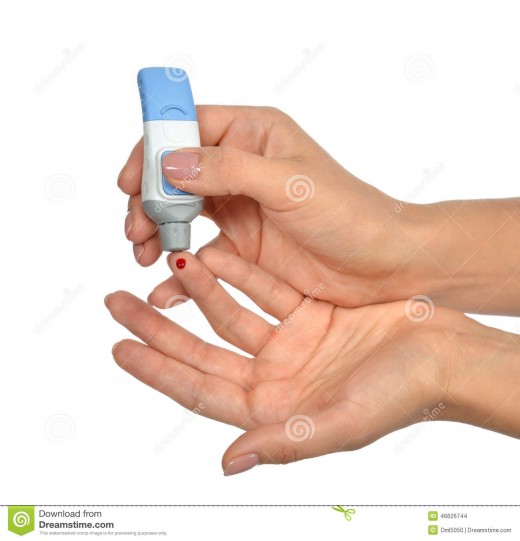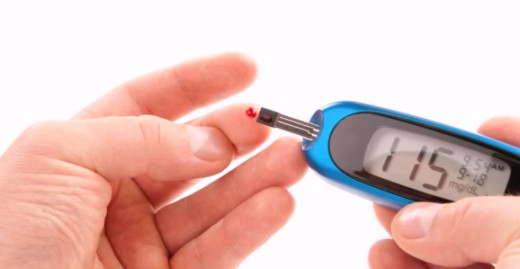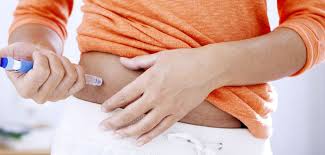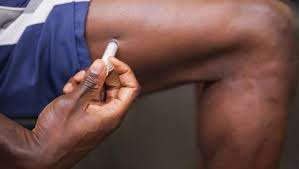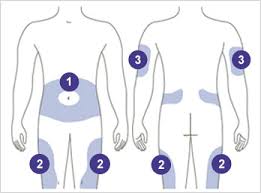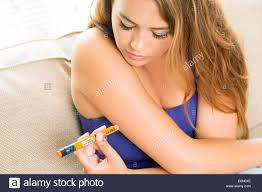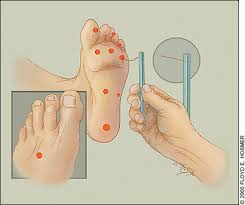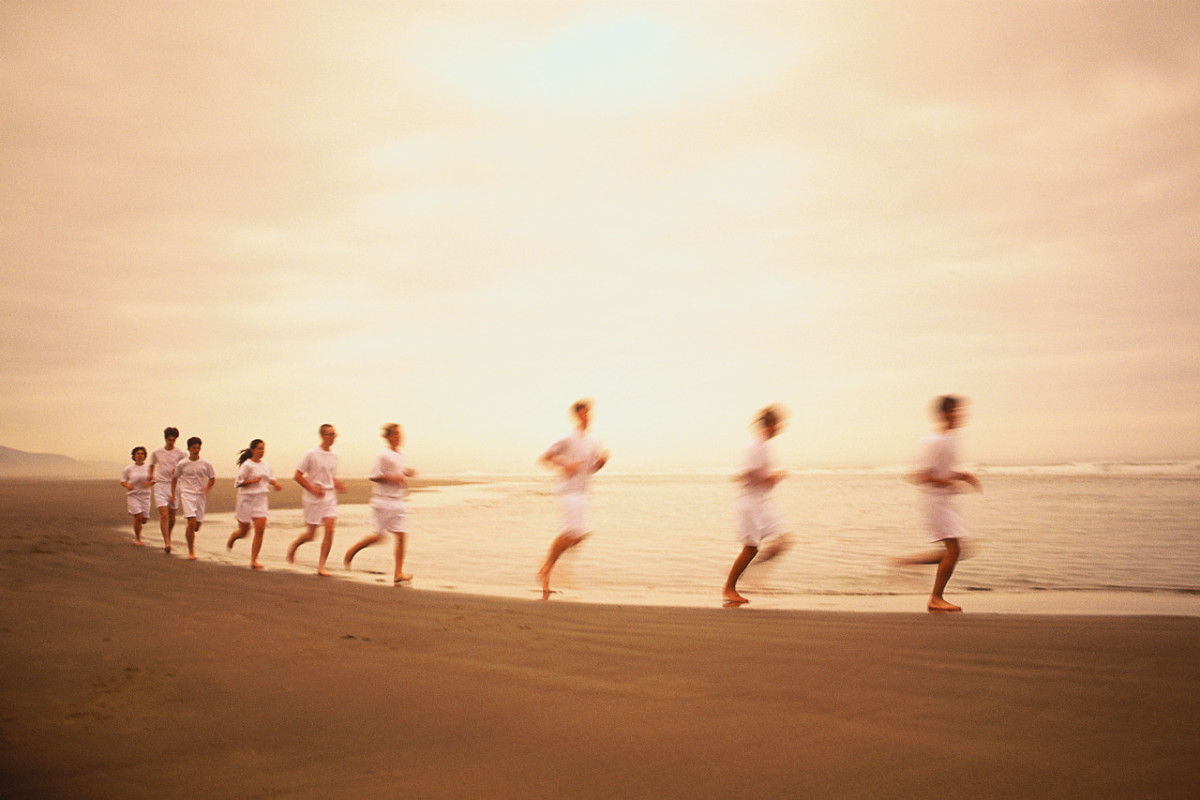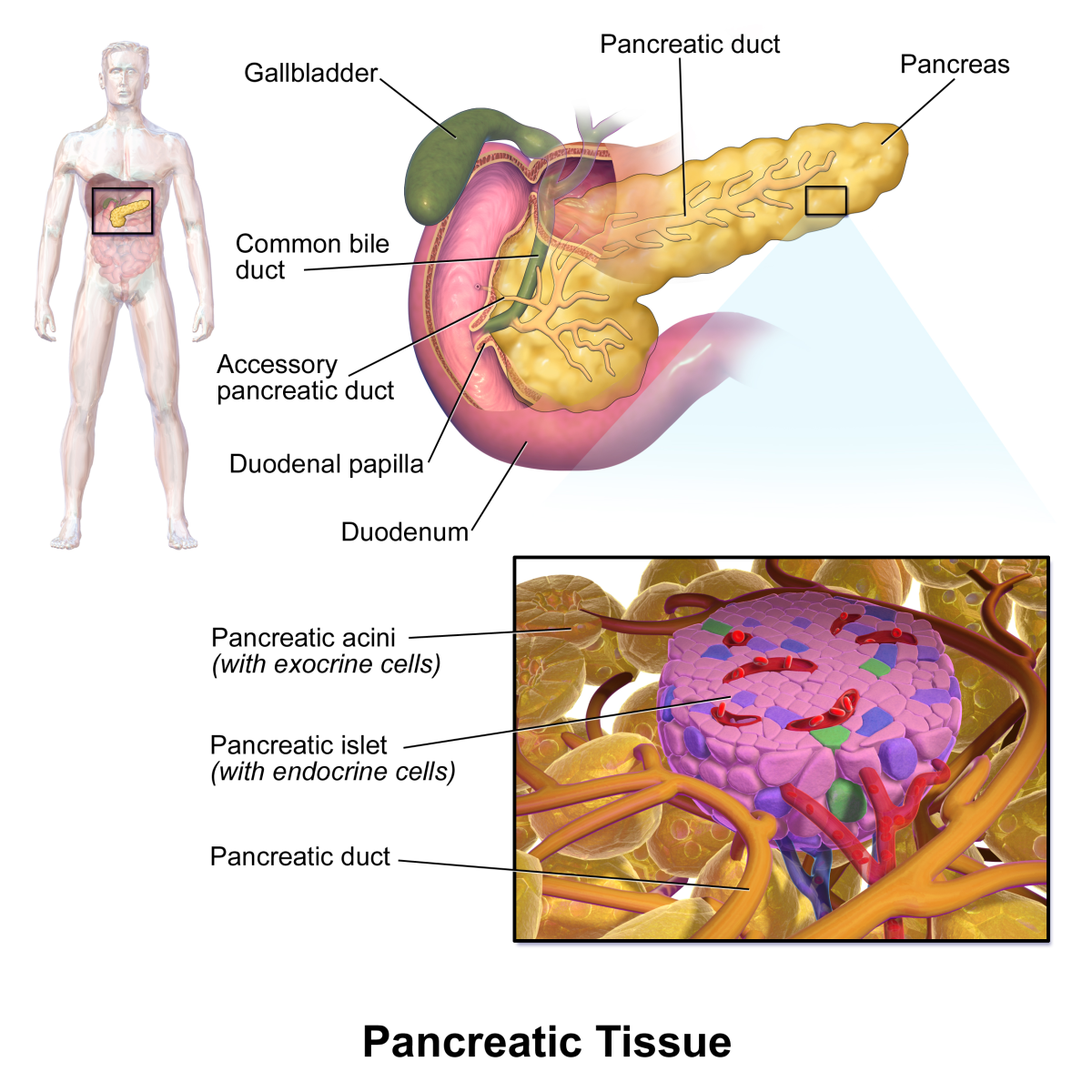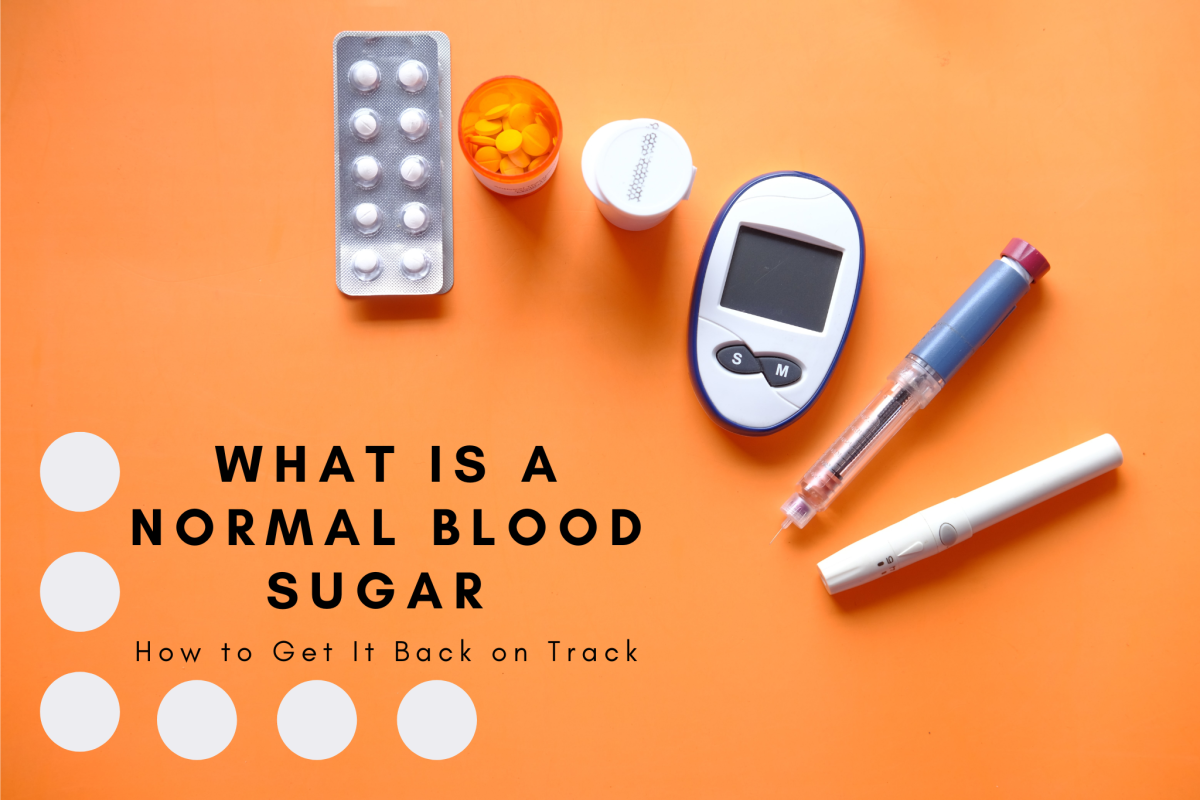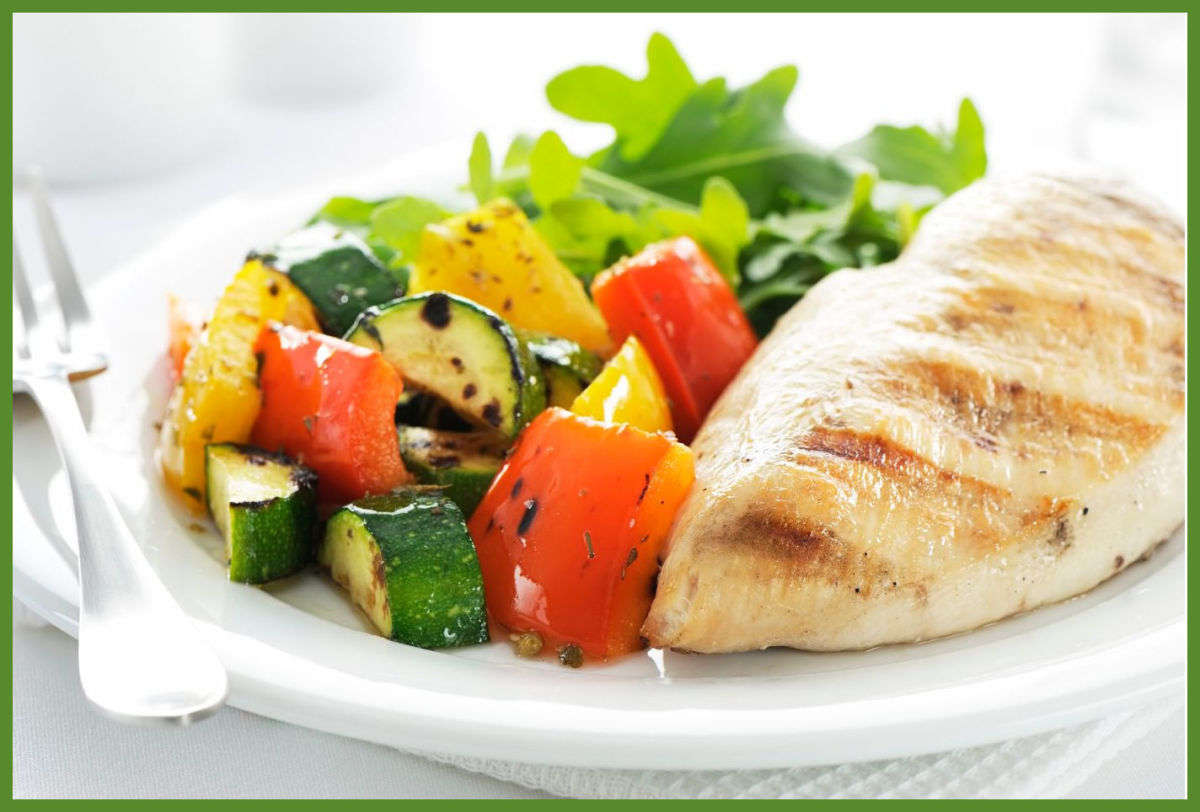Diabetes: Living With the Enemy
Lovely disease...keeps on needlin' ya!
Click thumbnail to view full-size






You can't win: but it's a battle you can't afford to lose!
Hugely worrying to health authorities in many countries is the amount of sufferers with Diabetes 2. Like many heart conditions, along with other "modern" complaints, diabetes seems directly related to poor diet, lack of exercise and obesity.
This contributor, ill and confused, was diagnosed with type 2 in 2015, requiring a 7-day hospital stay and a loss of 30 pounds in weight (came back again!).
I have learned that controlling this potentially deadly illness is far from easy and one gets little help from the UK NHS (health service). I see a doctor just once per year (not enough) who does little but tickle my feet* and tsk tsk tsk over the scales'
I use insulin as do most type 2's sooner or later and type one's do from an early age as they produce no natural insulin at all.
When I left Harlow's St Margaret's hospital (torture) I was put on 30 units per day of "NovoMix," in a FlexPen, containing 30% soluble insulin (aspart) and 70% insulin aspart crystallised with protamine. These convenient "pens" are used with a screw-on, disposable needle so fine little is felt upon injecting. Injection sites are all over the tummy, tops of legs and - hard to reach - backs of arms.
Along with the injections of which I break down into three per day and have increased dosage gradually to today's input of three 12 unit injections: morning, noon and evening (roughly). I have never experienced the dreaded "hypos," the event of blood sugar dropping beyond about 4 mmo1/L resulting in unconsciousness, and my blood sugar rarely drops below 6 (really a bit too high).
I have found that as my blood sugar drops, a feeling of unwellness can develop although the actual measurement is still around 8... it has never gone over 17; when I was diagnosed in July 2015, my sugar level was 43! Yes, the attending paramedics blanched! (Note: UK uses mmol/L USA mg/dl (a plethora of converters available online). If the level is too high, I also feel shaky and sleepy. After a year or so I have found I can usually sense whether my sugar is OK; too high or too low. Urination, too, is another reliable indicator: frequent and plentiful (rare) indicates high blood sugar; the reverse, low. And the Mayo Clinic, for example, posts information about symptoms online as well as much more.(dozens of sites).
Tricks you learn is maintaining the right level with the judicious use of small amounts of sugar. I find peppermint Polos are very useful: those containing sugar for when I am up and running around between meals and shots; the new sugar-free ones to have as a candy in the house without raising sugar levels.
Apart from the obvious high sugar food: sugar itself, candies (sweets in UK), honey, jam, cakes and filled biscuits, etc., etc., carbohydrates have been the bugbear for this bread, butter, potatoes and rice loving Brit. If you eat too much (and a little is more than enough) of the above foodstuffs, your willing and suicidal system will convert the starch into sugar causing the level to rise and rise. Better to cut down on starches than pump more insulin or have to go for a 5 mile walk (though exercise is mandatory really).
If you do cut down or eliminate most carbos from your diet, the effect on your blood sugar is drastic and immediate, so much so that you find yourself snacking to get the readings up quickly!
There can be no doubt that the US diet of fast foods (90% carbs) is the major cause of diabetes and that attaining the ideal weight would eliminate 90% of the illness right there! The Brits with the battered fish and chips and the cosmic array of sandwiches, sandwiches, everywhere aren't far behind. Plus the gallons of beer the average UK male consumes weekly.
Do make sure you are injecting correctly and the dose is actually going into your body. Tap and squirt the pen beforehand several times and leave the needle in your skin for a good ten seconds while maintaining pressure on the plunger.
Do the finger prick test three times a day or more. You'll learn to love the pain! Sissy, it doesn't really hurt. But you must be aware of what the reading are most of the time in order to control insulin dosage and cut back on certain foods (bread and cheese!..(the cheese is ok by itself).
You will find you are drinking more water and juices (watch the sweet ones) than before as diabetes makes you thirsty. Drink even more for your kidneys and liver, etc. I have found the sweetest drink in the world is pure, icy cold water; also, it's the cheapest).
I have added soluble vitamins to my morning glass of water which I know is helping me in several areas (libido is one!). Several flavors and an easy way to supplement your iffy diet at present.
Much discussed and feared is night time hypoglycemia (low...high is hyperglycemia of course) which might cause a (rarely fatal) black out. Other experienced sufferers and myself have found a couple of sweet biscuits with milk or tea, etc., before sleeping keeps the wolf from the pancreas, so to speak. And I keep a little container of honey next to the bed in case a "low" event awakens me in time to prevent it. Diabetes is, indeed, like having a voracious enemy storming the body's fortifications, just kept at bay by the guards of good management.
I am in my 70's. If I were much younger, I would consider the stomach reduction and pinning to easily lose weight. Indeed, the NHS might even do it for me free if I were younger! But not in the twilight of my life. I honestly lack the mental fortitude to diet rigorously...like you! One of the few pleasures left to me is egg and bacon, toast and crusty bread and cheddar. Apart from the baddies, I eat a good diet of lots of fruit (watch the sugar!), fish instead of red meat, salads and cereals. But lots of starches there....it's a real maze, believe me.
I shall just battle on for the time being as I am and do the best I can. Maybe they will find a cure some day; at least, a better way of receiving insulin and checking the blood sugar...Happy Hypos!
* this is to check the circulation in the feet, very important to avoid future amputation.
Afterword.
Many type 2 patients with minimum diabetes severity have been able to control their BS with Metformin initially, most will take insulin eventually unless their diets and overweight control is rigorous.
Another medicine headlining recently is Albiglutide an artificial version of the hormone GLP-1
Even more recently Canagliflozin, Dapaliflozin and Empagliflozin may offer more hope in addition to, or in replacing Insulin. Long term testing is underway with these and other drugs.
Drug companies are burning the midnight oil to become the first to reveal a major breakthrough in diabetes treatment. Meanwhile, perhaps the most solid progress is being made in insulin delivery by pumps, and even an "artificial" though mechanical pancreas which will store and control insulin delivery 24/7, avoiding the rise and fall of blood sugar which the present process allows.

